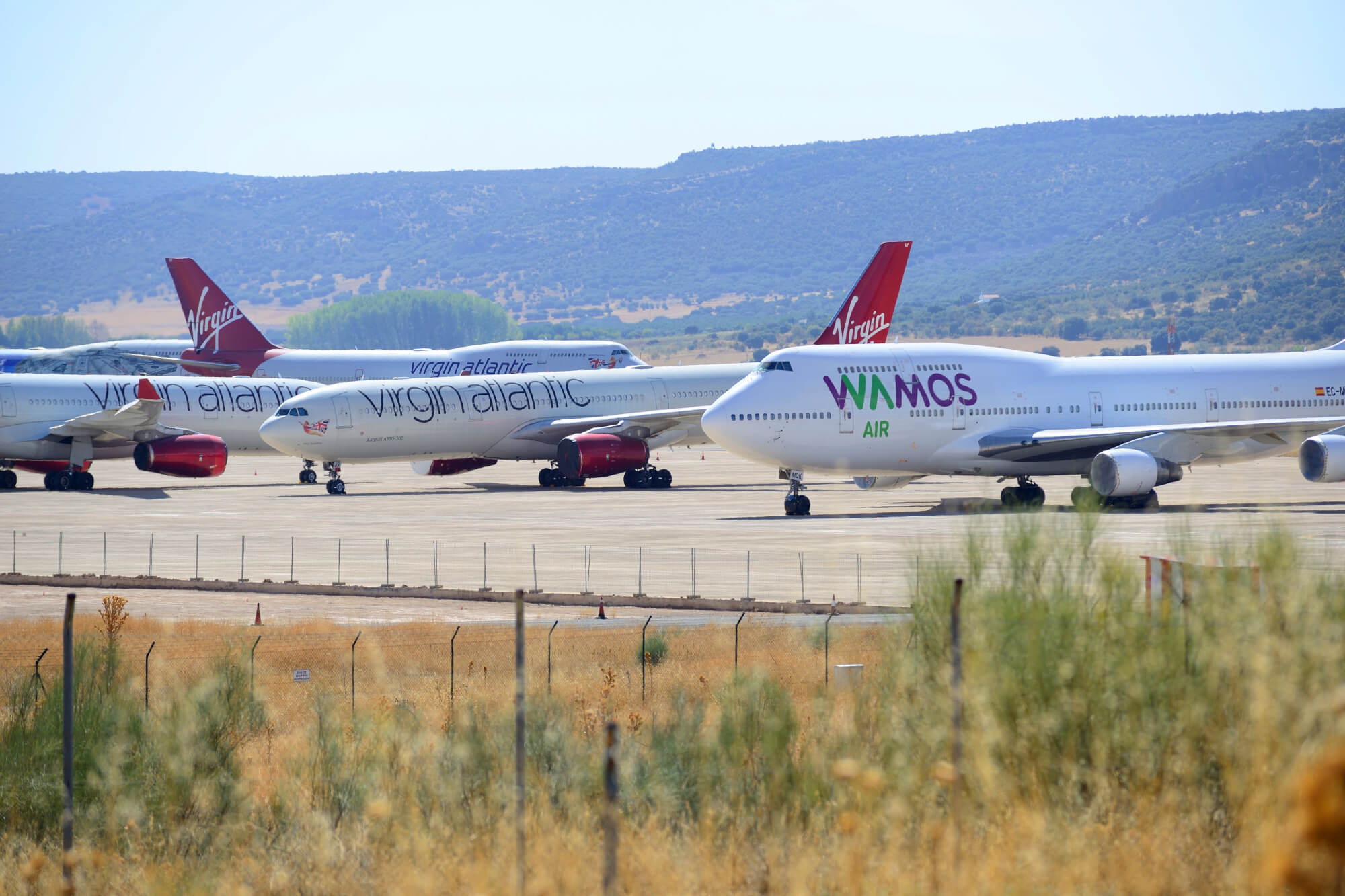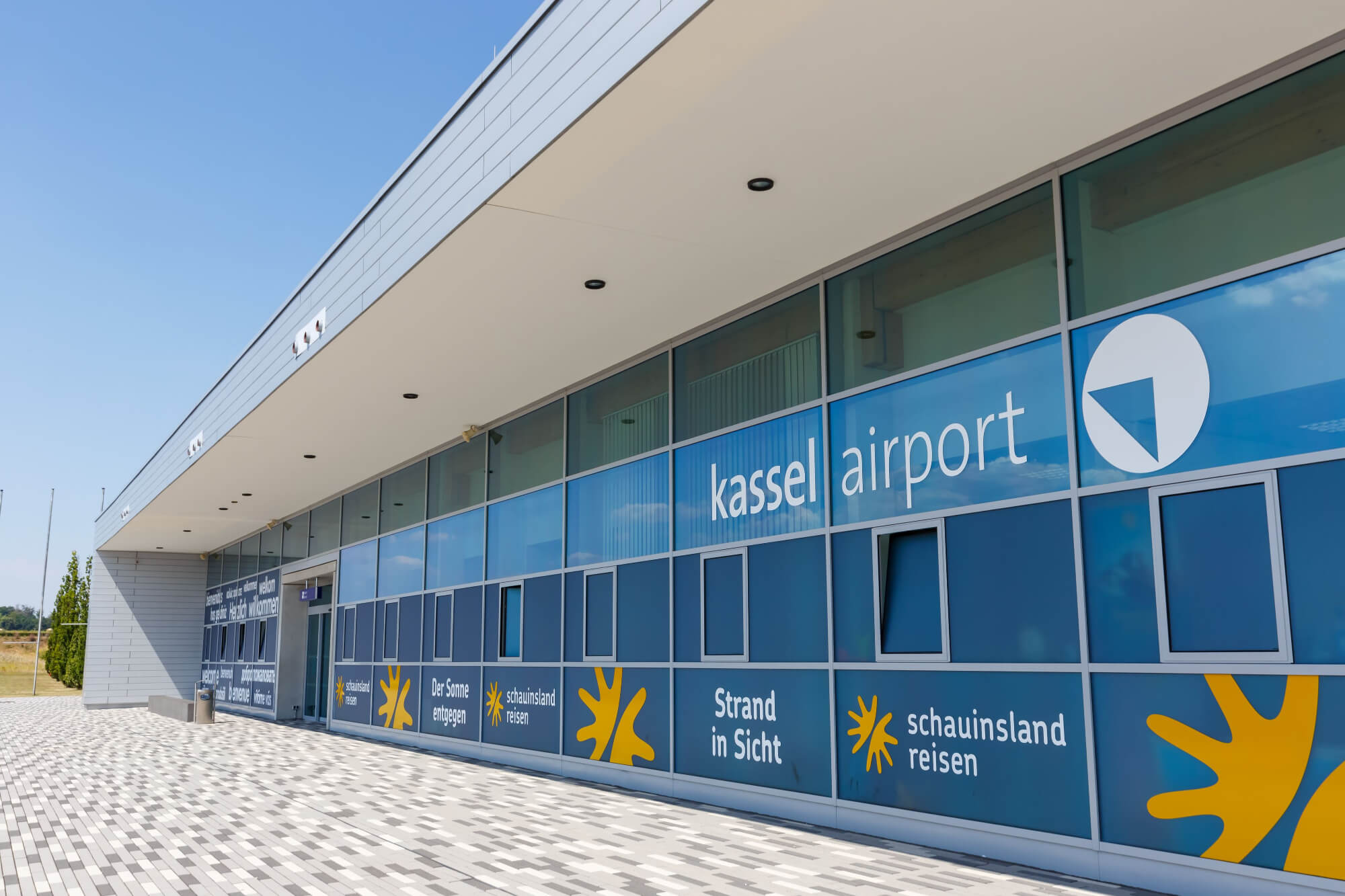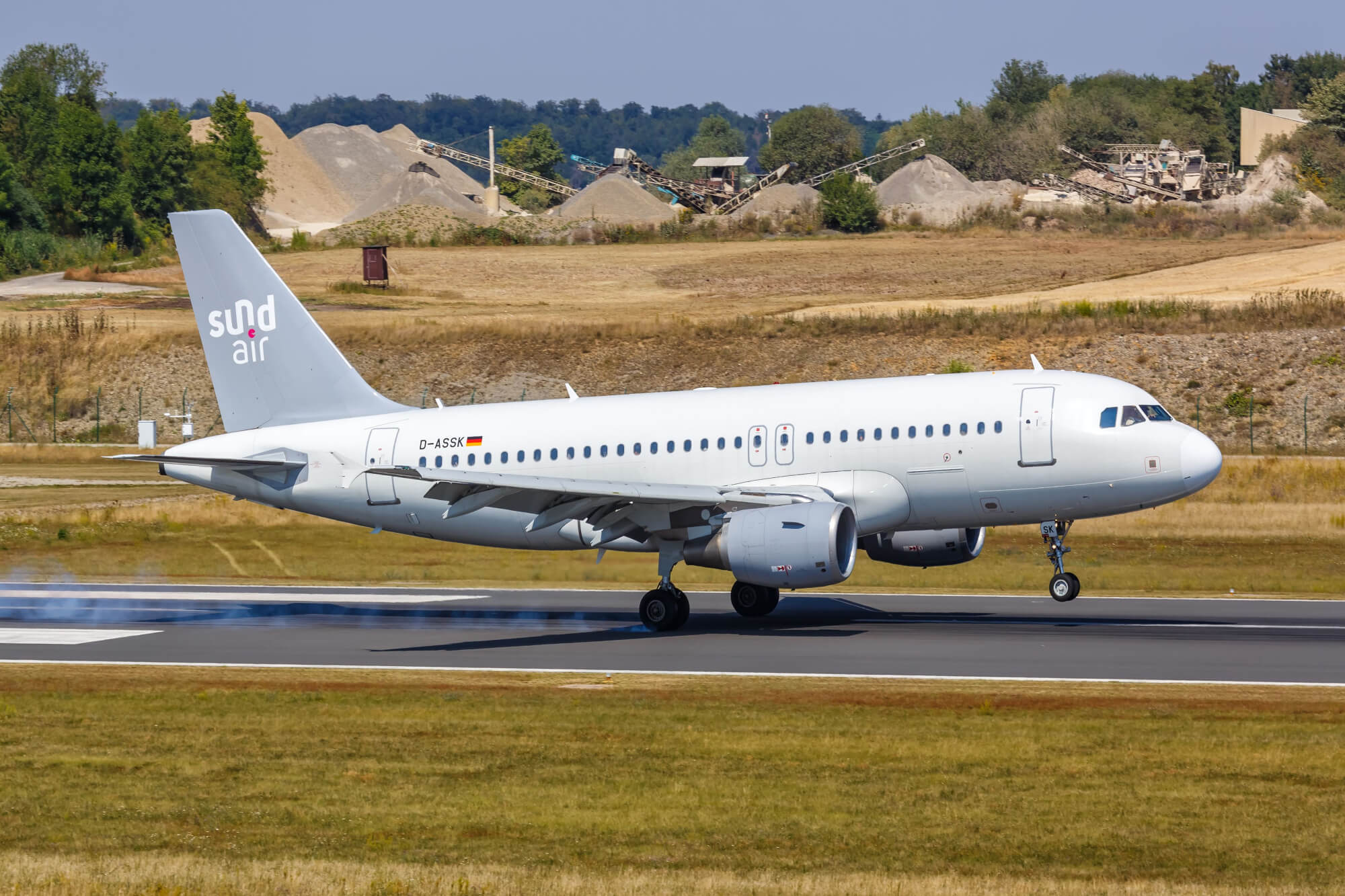Images of packed airports with lines stretching out of the terminals have become all too common in summer 2022. After cutting thousands of jobs during the COVID-19 pandemic when air traffic was all but grounded, the aviation industry is now struggling to recruit staff to serve the bounce-back in demand.
But there are some airports in Europe that are notoriously quiet, without any lines at all. Mainly because they don’t have any passengers. Known as “ghost airports”, the hubs were built, often at huge cost, to boost local economies but then failed to attract any airlines who wanted to fly from them.
AeroTime takes a look at two examples of airports once dubbed ghost airports to see if there’s any way back from the ignominious title.
Ciudad Real, Spain (CQM)
Empty parking lot at Ciudad Real. Credit: Joseph Creamer / Shutterstock.com
One of the enduring symbols of Spain’s property boom and bust in the 2000s, Ciudad Real (CQM), which cost over $1 billion to build, opened in 2008 before closing just three years later.
The airport was designed as an alternative to Madrid Barajas airport (MAD), which is situated around 200 kilometers to the north, and it was hoped that a potential high-speed rail link would make it a feasible option for low-cost travelers. The airport’s private owners had big plans, constructing a terminal capable of handling around 2.5 million passengers a year, betting on demand from both low-cost airlines and cargo operators, thanks to a 24-hour operation.
However, the hoped-for traffic never materialized. In the time it was open, the airport served just over 100,000 passengers in total, mostly on domestic flights. Ciudad Real was declared bankrupt in 2010, although some flights continued until 2011.
Things didn’t start well when the opening of the airport was delayed from October 2008 to December 2008 after the Spanish Transport Ministry refused to issue an operating permit due to environmental concerns.
The first flight to land at the airport was operated by Iberia low-cost unit Air Nostrum on December 22, 2008. Spanish airline Vueling, German carrier Air Berlin (AB1) (itself since bankrupt) and Irish low-cost carrier Ryanair also briefly operated flights to the airport, with Vueling carrying out the final scheduled commercial flight on October 29, 2011.
The airport would remain closed until 2019, when it opened under new owners. In that time, the airport gained some business as a filming location. For example, the UK’s Top Gear TV program filmed an episode at the airport in 2013, with the presenters racing sports cars on the runway.
The airport found a new purpose during the pandemic, with local media reporting that up to 80 aircraft were stored there during the height of the crisis in 2020, although most of the aircraft had left by mid 2021.
Aircraft parked at CQM in September 2020. Credit: Julian Maldonado / Shutterstock.com
Pilots in training at nearby flight schools also reportedly make the most of the airport’s 4,000 meter (13,500ft) long runway to practice take-offs and landings. The runway is among the longest in Europe.
Kassel-Calden, Germany (KSF)
KSF terminal building. Credit: Markus Mainka / Shutterstock.com
Kassel-Calden (KSF), situated about 200 kilometers north of Frankfurt am Main, was built at a cost of $275 million, taking two years to complete. With sizable airports nearby, including Frankfurt (FRA) and Cologne-Bonn (CGN), it was debated whether the region needed another airport at all.
Right from the start, KSF had problems attracting business. The first flight to land was a ceremonial affair operated by Germania on April 4, 2013, which carried politicians and other guests to the airport in the German state of Hesse. The first commercial flight arrived later that same day from nearby Dusseldorf to pick up some passengers before continuing to Turkey. There had not been enough bookings to operate a first flight solely from Kassel-Calden.
In 2013, its first year of operation, KSF welcomed fewer than 50,000 passengers, less than half of its target. In winter 2014/15, the airport had no scheduled flights at all and things were looking bad, earning it the title of ghost airport.
Adding to the embarrassment for Germany was that it had managed to build an airport that seemingly no one wanted in KSF, but yet was unable to get the long-delayed new airport in the capital, Berlin, finished.
KSF has not succumbed to the same fate as Ciudad Real, and it remains open for commercial traffic. In 2018, it carried 69,810 passengers, nearly doubling to 131,817 in 2019.
In the post-pandemic summer of 2022, airlines are flying from the German airport to both domestic and international destinations.
Leisure airline Corendon operated its first flight from KSF, to Antalya in Turkey in June 2022 with plans to fly twice a week until the end of summer season at the end of October 2022. Rhein-Neckar Airlines is flying to the German islands of Sylt and Usedom, while charter carrier Sundair has even decided to base a second aircraft at KSF thanks to increasing demand, offering flights to traditional vacation destinations in Spain, Greece and Egypt.
Sundair aircraft landing at KSF. Credit: Markus Mainka / Shutterstock.com
For the winter season, it doesn’t look so good, however. Sundair is the only carrier with scheduled flights, to Egypt and the Canary Islands for Germans seeking summer sun.
With all the chaos at large airports in Europe this summer, maybe now is the time for smaller, regional airports to shine?
This article was first published on July 18, 2022.





